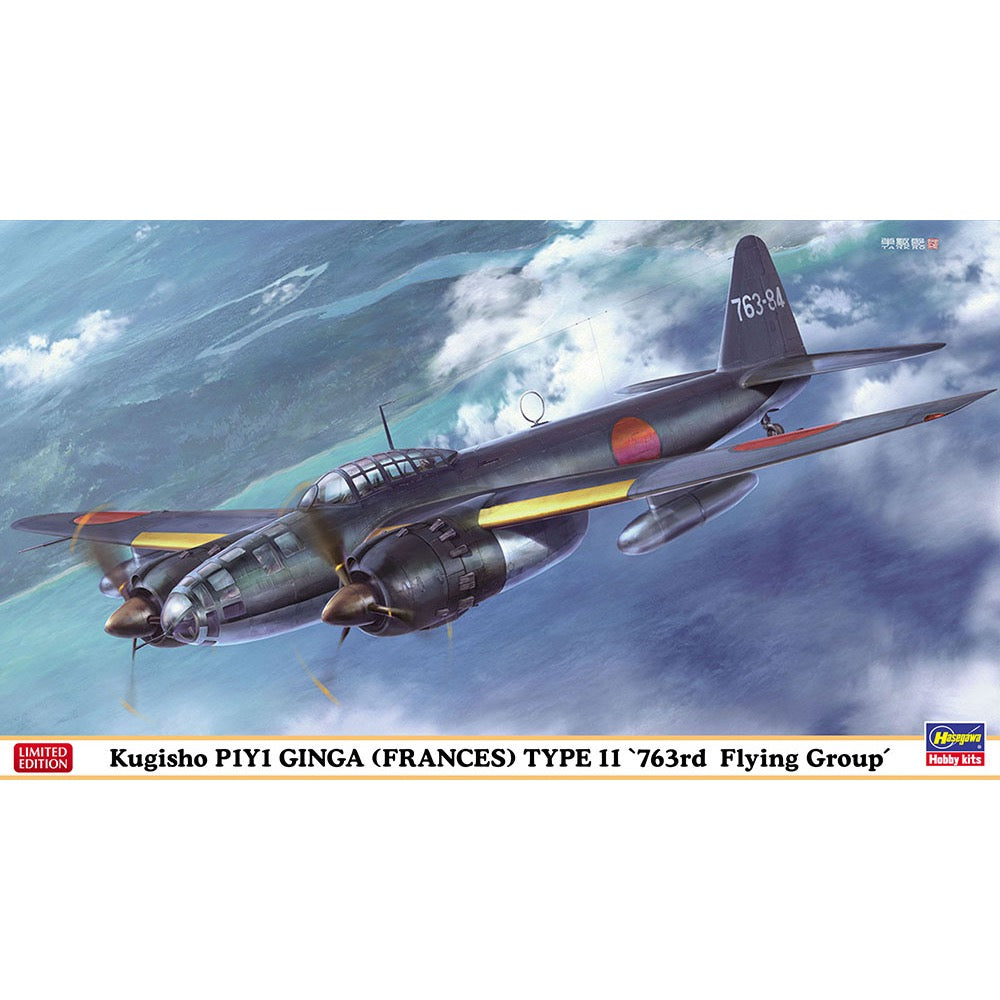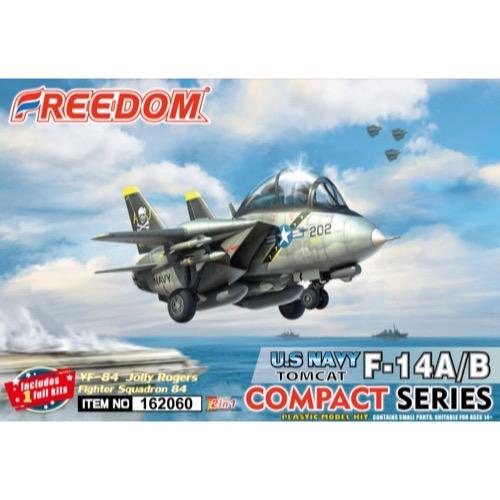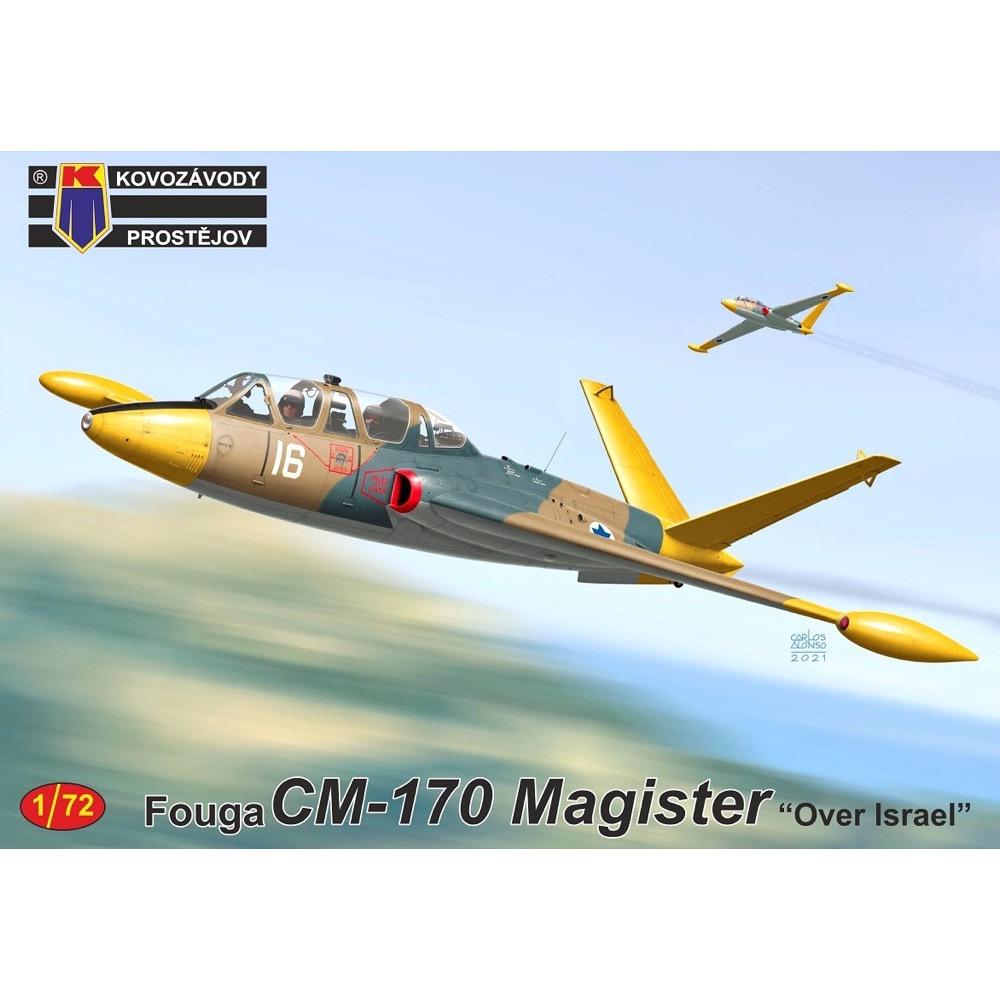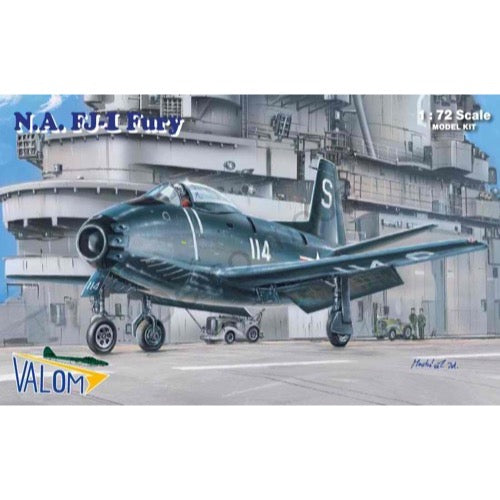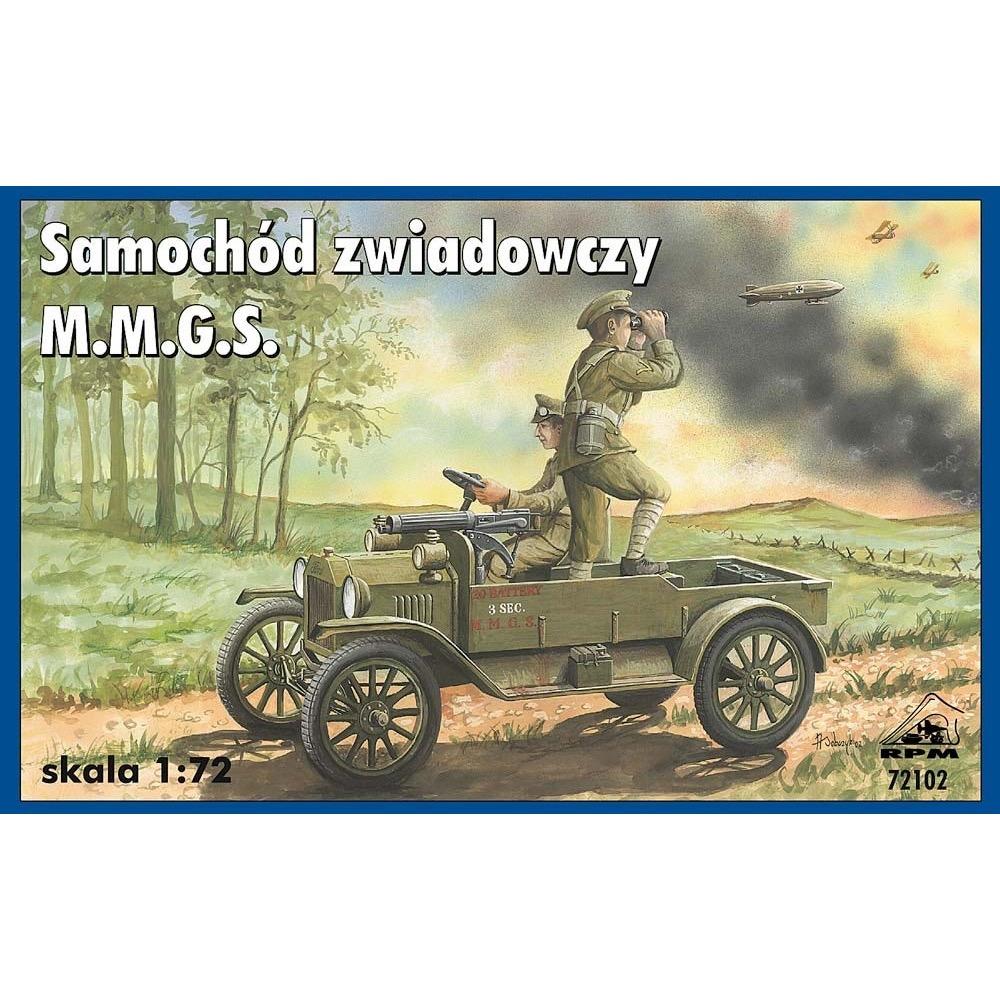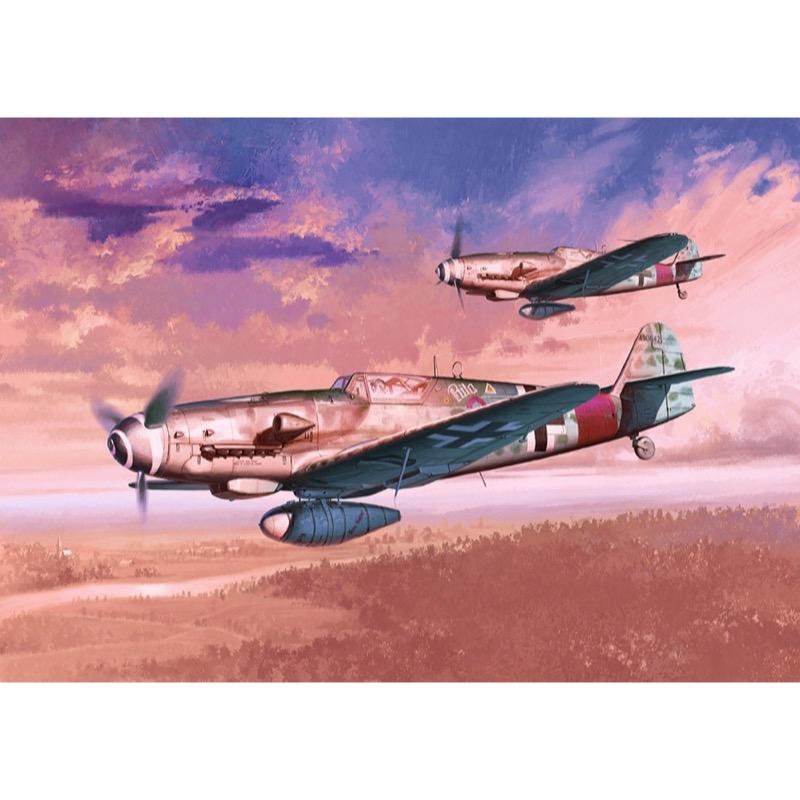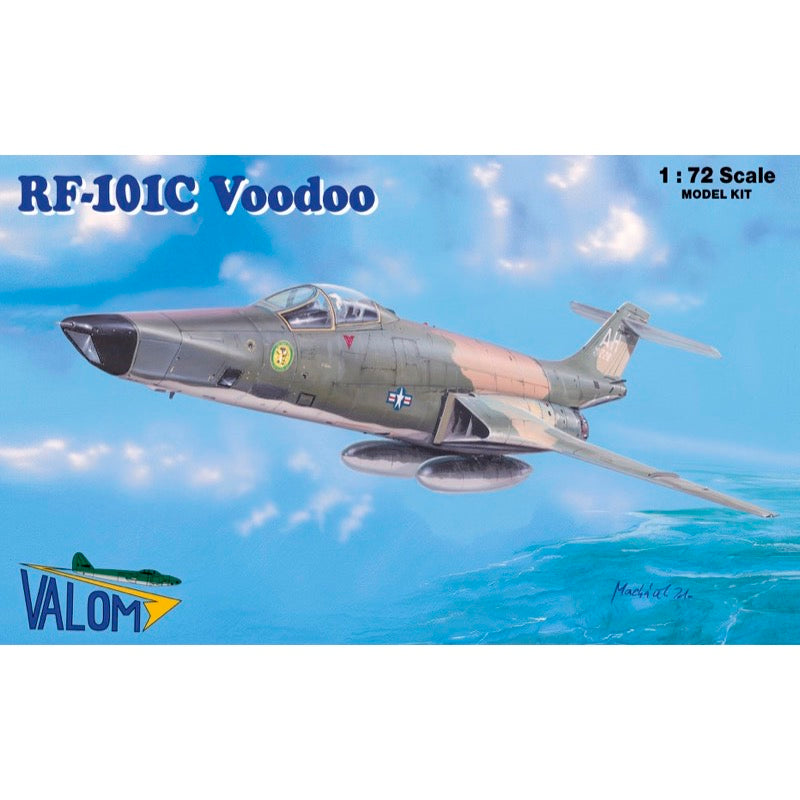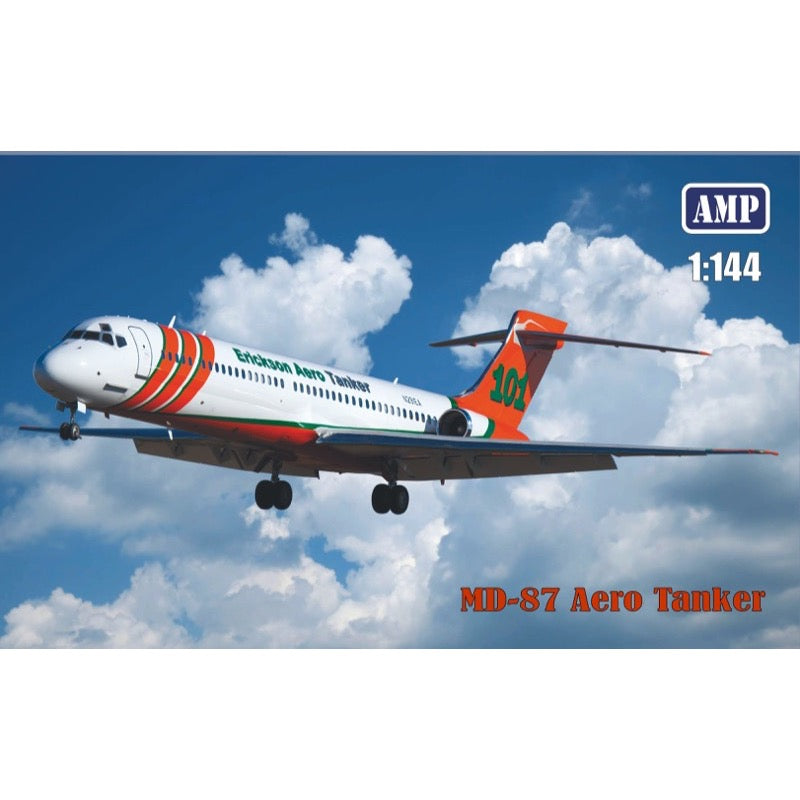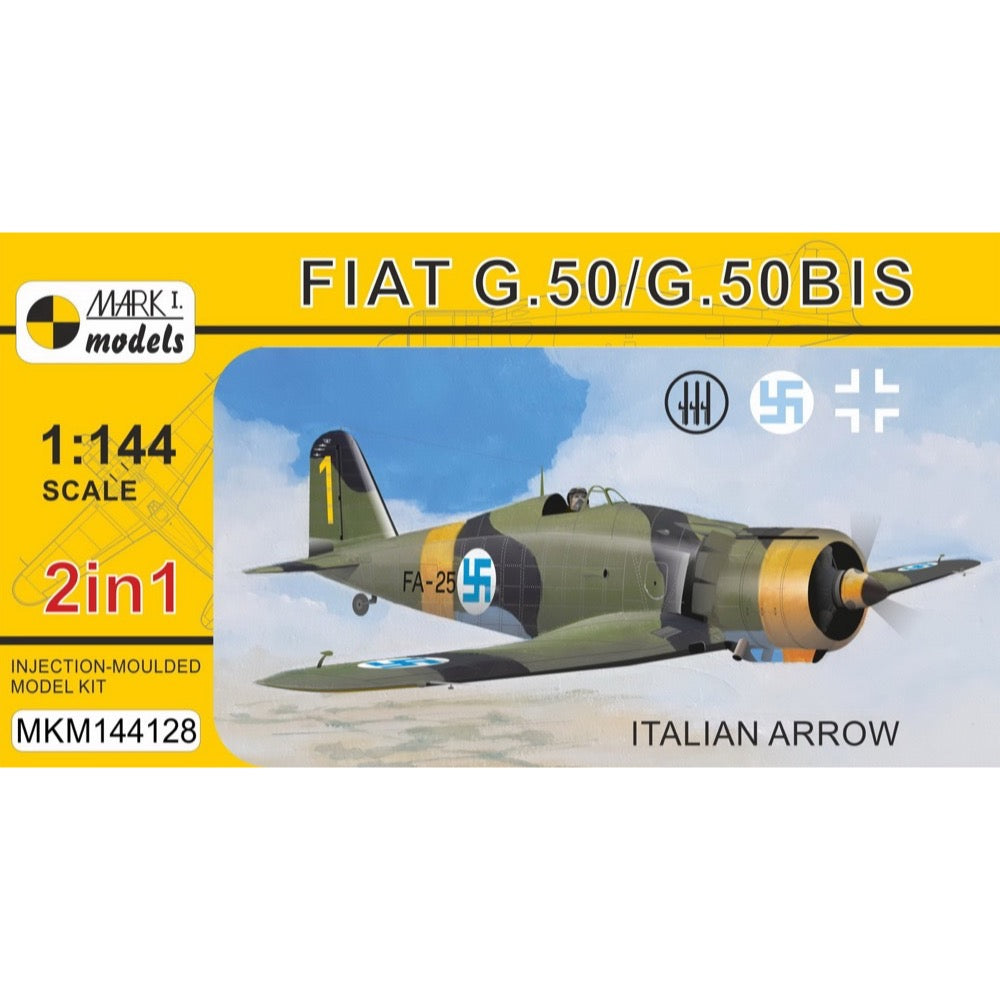
Mark One Models 144128 1/144 Fiat G50/50bis Italian Arrow
Fiat G.50/50bis ‘Italian Arrow’
The Fiat G.50 was an Italian fighter aircraft designed in the mid-1930s, which became the most advanced fighter to be produced in Italy at that time. The prototype flew in February 1937, while the first production aircraft were delivered to the air force two years later.
In the autumn of 1940, an improved version with an extended combat range was introduced and designated the G.50bis. In total, production of the G.50 reached 784 aircraft in seven production series; 426 of which were manufactured by Fiat (Aeritalia) and another 358 were built by CMASA. 58 aircraft were exported: 13 G.50s to Spain, 35 aircraft to Finland and 10 went to Croatia.
It was a single-seat, all-metal low-wing monoplane featuring an open cockpit and a retractable undercarriage. It was powered by a Fiat A.74 two-row radial engine and was fitted with a Hamilton-Fiat propeller. The first versions of the G.50 were fitted with different configurations of armament: either a single or a pair of 12.7mm machine guns in the nose and an additional pair of 7.7mm guns in the wings. The Fiat G.50bis can be distinguished by the redesigned tail, addition of a larger rudder and relocated tail wheel.
The Fiat G.50s were extensively used on various fronts by Italy, including deployment in Belgium, North Africa, in the Balkans, in the Aegean and the Italian mainland. In Finland they served with distinction during the Winter War of 1940 and the Continuation War of 1941–44 against the Soviet Union.
Colour Schemes
-
Fiat G.50bis Srs.V (Fiat/Aeritalia-built), Black 367-Red 2 (MM unknown), 367th Flight (367a Squadriglia), 151st Fighter Squadron (151 Gruppo Caccia Terrestre, CT), 53rd Wing (53 Stormo), Italian Air Force (Regia Aeronautica, RA), Turin-Caselle airfield, Italy, spring 1942
-
Fiat G.50bis Srs.V (Fiat/Aeritalia-built), Red 163/3 (MM 5943), 163rd Flight (163a Squadriglia), 161st Fighter Squadron (161 Gruppo Caccia Terrestre, CT), Independent Wing (Stormo Autonomo), Italian Air Force (Regia Aeronautica, RA), Taranto-Grottaglie airfield, Italy, February 1943
-
Fiat G.50 Srs.I (CMASA-built), FA-25 (MM 3614), Black FA-25/Yellow 1, 3/LeLv 26 (3rd Flight, 26th Fighter Squadron), Finnish Air Force (Ilmavoimat), Kilpasilta airfield, Finland, October 1942
-
Fiat G.50bis Srs.VII (CMASA-built), White 352 (MM 6352), 3./JG 108, Luftwaffe, Wiener-Neustadt airfield, Austria, summer 1944
Includes
-
2 injection-moulded kits
-
40 parts per kit
-
1 clear part (cockpit windshield)
-
Decal sheet
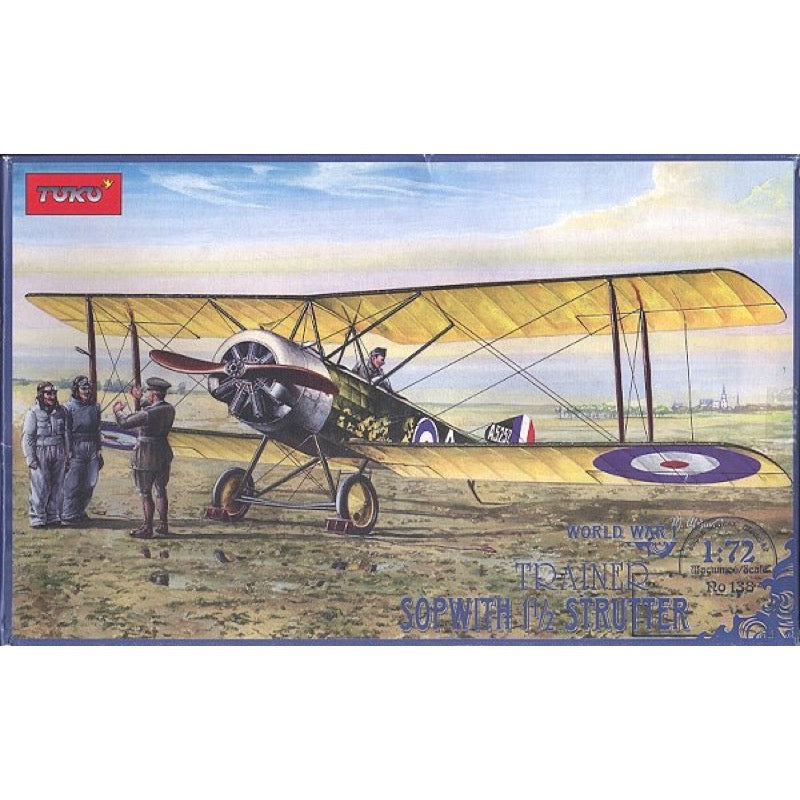
Toko Models 13872 1/72 Sopwith 1.25 Strutter Trainer
Sopwith 1½ Strutter Trainer British aircraft
1/72 WWI military aircraft fighter scale plastic model kit- TOKO 138
High quality, precision plastic model kit. Paint and glue not included. Requires assembly and painting. For intermediate to advanced skill modellers.
Contents
- Plastic sprue, Decalsheet (waterslide)
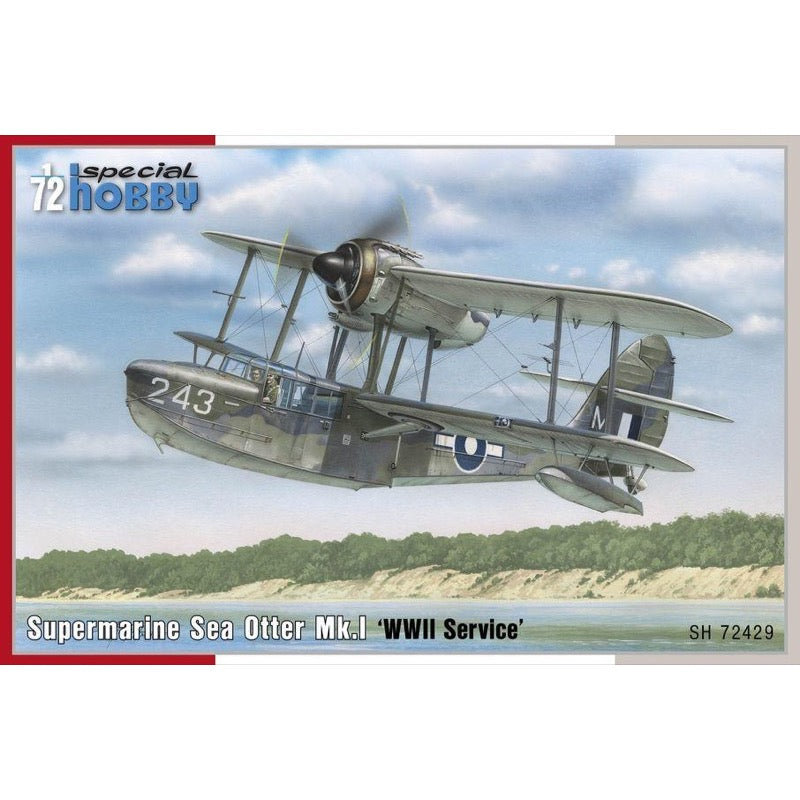
Special Hobby 72429 1/72 Supermarine Sea Otter Mk.I WWII Service
Supermarine Sea Otter Mk.I 'WWII Service'
The Sea Otter amphibian biplane was put into the service with both the RAF and FAA during the war years. The type was a succesor to the well-known and almost iconic Walrus, it was the last Supermarine-made biplane and was also destined to become the very last biplane type to be introduced to the service of both forces. It mainly flew in the reconnaissance and air-sea rescue roles.
The kit comes on four styrene sprues joined by one made of clear plastic. The kit also offers resin detail parts and photo etches. The decals cater for three FAA machines, one as flown in the Pacific, two seen in Europe
- A model of a British amphibian flying boat
- Decals for three WW2 British options
- Resin and etches contained

Mikro-Mir 1/72 Miles M.57 Aerovan
It was a twin-engined high-wing monoplane of plastic-bonded plywood construction with some spruce and metal parts. It had fixed tricycle undercarriage, three vertical tail and rudder units, one central and two as tailplane endplates, reminiscent of the Miles Messenger. A large fin area was required by the deep-sided forward fuselage, and a pod and boom fuselage. Two pilots were seated beneath a large clear perspex canopy which formed the front dorsal part of the pod, four or five circular windows providing a view for passengers on either side. The Aerovan was capable of lifting a family car, loaded through clamshell rear doors. Designed in 1944, the prototype was built at Miles factory at Woodley, Berkshire.
Micro-Mir 1/72 Miles M.57 Aerovan
- The Combined Model 1:72 Miles M.57 Aerovan Micro Mir 72-011
- The model has an excellent design, as well as detailing and is designed for assembly by experienced modelers.
- Length of the model, mm: 154
M.57 Aerovan is an easy transport aircraft developed by the British firm Miles Aircraft. One of the unusual projects of Frederick J. Miles was a light twin-engine cargo plane M.57 Aerovan, which made its first flight in January 1945.
The kit includes:
- 120 plastic parts
- Decal
- Scheme for painting the model
- Detailed instruction in English


